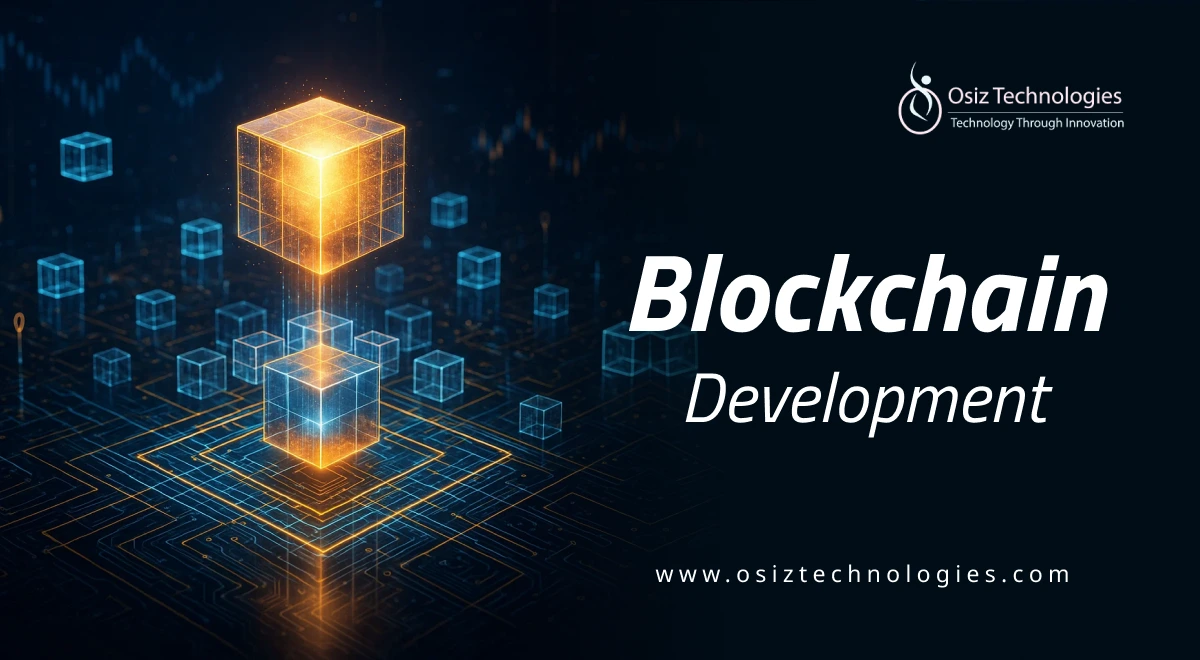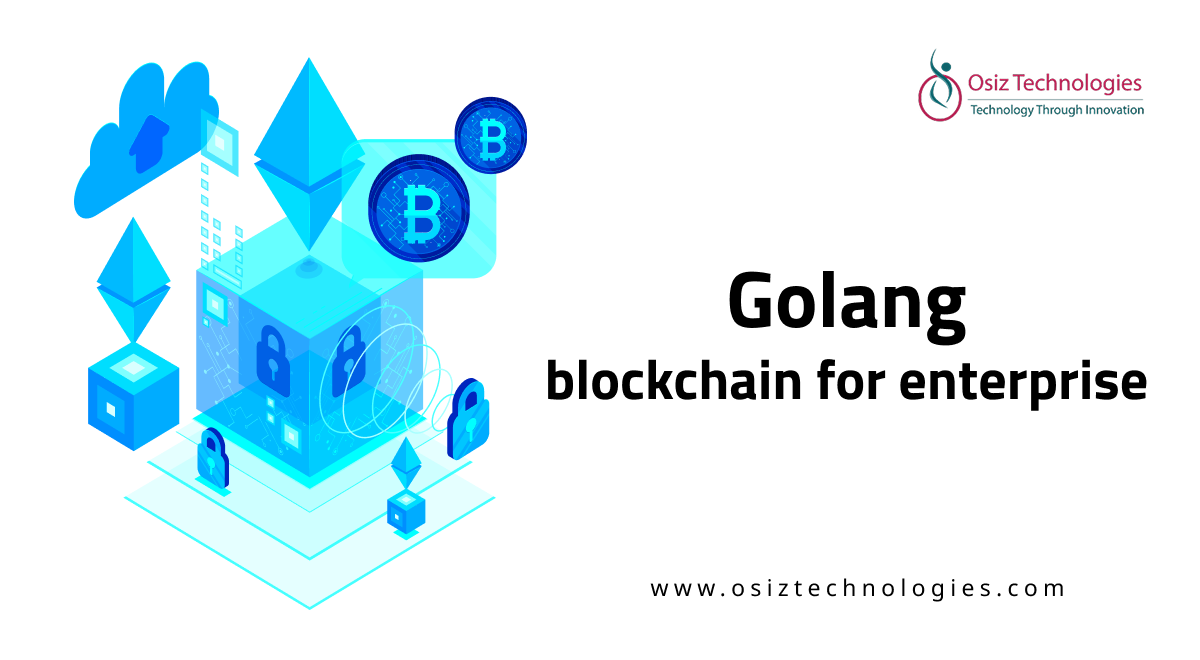In the rapidly evolving world of blockchain technology, Solidity programming stands out as a pivotal skill for developers. As the primary language for writing smart contracts on the Ethereum blockchain, Solidity enables the creation of decentralized applications (dApps), NFTs, and DeFi solutions. This article delves into the intricacies of Solidity programming, covering its features, best practices, and future trends.
What is Solidity?
Solidity is a statically typed programming language designed for developing smart contracts on the Ethereum blockchain. Its syntax is influenced by JavaScript, Python, and C++, making it relatively accessible for developers familiar with these languages. The language was created to facilitate the development of decentralized applications (dApps) that run on the Ethereum Virtual Machine (EVM).
Why Choose Solidity for Smart Contract Development?
Solidity has emerged as the gold standard for Ethereum smart contract development due to several compelling reasons:
Robust Ecosystem: With a vast array of libraries and tools, Solidity offers developers the resources they need to build complex applications.
Community Support: A large and active community ensures continuous improvements and support for developers.
Interoperability: Solidity allows for seamless integration with other blockchain technologies and protocols.
Key Features of Solidity
Understanding the core features of Solidity is essential for effective programming:
Static Typing: Variables must be defined with a specific type, reducing runtime errors.
Inheritance: Solidity supports multiple inheritance, allowing developers to create complex contract structures.
Libraries: Developers can create reusable libraries, enhancing code efficiency and reducing redundancy.
Solidity Security Best Practices
Security is paramount in blockchain development. Here are some best practices to follow:
Code Audits: Regularly audit your code to identify vulnerabilities.
Use Established Libraries: Leverage well-tested libraries to minimize risks.
Limit Gas Consumption: Optimize your code to reduce gas costs and enhance efficiency.
Gas Optimization in Solidity
Gas optimization is crucial for minimizing transaction costs on the Ethereum network. Here are some strategies:
Efficient Data Structures: Use mappings and structs wisely to save gas.
Minimize Storage Operations: Storage operations are costly; keep them to a minimum.
Batch Processing: Group transactions to save on gas fees.
Solidity for DeFi Applications
Decentralized Finance (DeFi) has revolutionized the financial landscape, and Solidity plays a crucial role in this transformation. Developers can create lending platforms, decentralized exchanges, and yield farming protocols using Solidity. The flexibility of the language allows for innovative financial solutions that are secure and efficient.
Solidity NFT Development
Non-fungible tokens (NFTs) have gained immense popularity, and Solidity is at the forefront of this trend. Developers can create unique digital assets using the ERC-721 and ERC-1155 standards. These standards facilitate the creation and management of NFTs, allowing for a wide range of applications in art, gaming, and collectibles.
Solidity Developer Salary Trends
As the demand for blockchain developers continues to rise, so do the salaries. According to industry reports, Solidity developers can expect competitive salaries, often exceeding six figures, especially in regions with a high concentration of blockchain startups. The growing interest in DeFi and NFTs contributes to this upward trend.
How to Hire Solidity Developers
Hiring the right Solidity developers is crucial for the success of your blockchain project. Here are some tips:
Look for Experience: Prioritize candidates with a proven track record in Solidity development.
Assess Problem-Solving Skills: Conduct technical interviews to evaluate their coding abilities.
Check Community Involvement: Developers who contribute to open-source projects often have a deeper understanding of the language.
Solidity Coding Tutorials and Resources
For those looking to learn Solidity, numerous resources are available:
Online Courses: Platforms like Coursera and Udemy offer comprehensive courses.
Documentation: The official Solidity documentation is an invaluable resource.
Community Forums: Engage with other developers on platforms like Stack Overflow and GitHub.
Solidity vs Vyper
While Solidity is the dominant language for Ethereum smart contracts, Vyper is an alternative that emphasizes simplicity and security. Vyper's syntax is more restrictive, which can lead to fewer vulnerabilities. However, Solidity's extensive features and libraries make it more versatile for complex applications.
The Future of Solidity Programming
As blockchain technology continues to evolve, so will Solidity. Innovations such as cross-chain interoperability and formal verification are on the horizon. Developers must stay updated with the latest trends and tools to leverage the full potential of Solidity programming. The blockchain landscape in 2025 is poised for significant advancements, making it an exciting time to be involved in this field.
Conclusion
Solidity programming is essential for anyone looking to make an impact in the blockchain space. With its robust features, security practices, and growing demand, mastering Solidity can open doors to numerous opportunities in DeFi, NFTs, and beyond. As a leading Blockchain Development Company, Osiz Technologies offers end-to-end expertise to help you navigate and excel in the world of blockchain development. Connect with us at osiztechnologies to explore how our solutions can empower your blockchain journey.
Listen To The Article
Recent Blogs

X-Mas 30%
Offer












